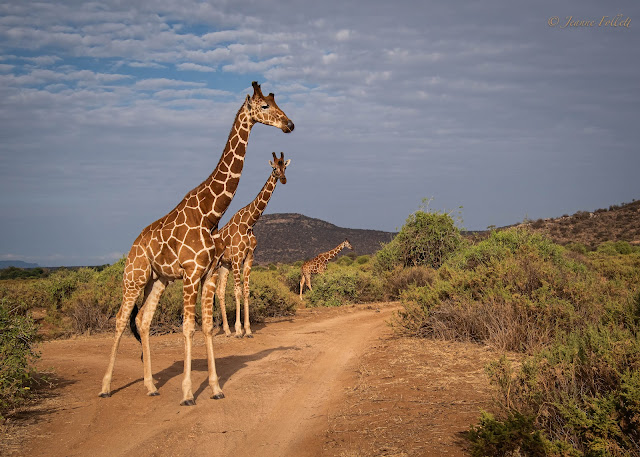In a land where winter is begrudgingly letting slip its grip little by little, where snowflakes and rain drops form and fall at every cloudy opportunity, and where there is little open water in a nearby roadside lake, returning species take what they find and wait for better days.
The resident trumpeter swans returned to their lake more than a week ago, as they do whenever there’s a mid-winter thaw. I suppose it’s their way of staking claim to Tern Lake before any migrating swans attempt the same. They don’t seem to mind the other waterfowl that are arriving almost daily—the hardy mallard and the common mergansers, all of which—including the swans—have wintered over in nearby lakes.
For now, as the lake is still mostly covered with ice, food is hard to find for the swans and they are a bit possessive of their surroundings. Even so, opportunistic feeders like the mallards stay close to the swans, waiting for the long-legged white birds to scratch up vegetation from the lake bottom. Then they dart in and grab what they can when it floats to the surface.
On a recent day, the swans found an intruder of a different kind and they kept a close eye on it. A river otter had punched a hole in the softer brash ice near the thawing edge and was lying on top.
The swans began to act anxious for the intruder to leave, but the otter went about its business, diving and surfacing, and paid the swans no mind. Didn’t even look at them.
Finally, the swans had enough and one, probably the cob (male) advanced on the otter, followed slowly by the female swan (pen).
This time, the otter looked. The cob swam closer, loudly letting the otter know what they thought about its intrusion.....
....and the otter dived beneath the ice.
The swans posted guard near the otter’s ingress/egress.
But the otter wasn’t about to be run off from the open water, the warm sun, and the goodies it was finding down below the ice.
Instead, it punched another hole through the brash ice about 50 feet away and continued on with its activities while the swans maintained their guard at its former position.
It dived and resurfaced with underwater vegetation, time and again.
It enjoyed the sun and rolled in the corn snow atop the ice to clean itself.
The swans apparently decided to leave the otter alone.
Then came an intruder of the two-legged kind. The photographer quickly went home to get a longer lens, returned to the site, crossed the highway, and lined up for a shot of the otter with the big lens. Nothing but black.
The lens cap was still on the lens.
I took it off with my cold hand and it slipped from my grasp. Did it fall to the roadway?
Well, yes , it did, but not before striking the guardrail with the loudest CLANG ever heard by swans or otters or photographers!
I scarcely made it over the guardrail and through the brush before the otter decided to get Outta Dodge.
Next thing I knew, the otter had surfaced farther away and in its original spot, and the swans were next to it. The otter dived again.
By that time, the sun was behind clouds and heading for sundown, and all the fun was fait accompli.








































































